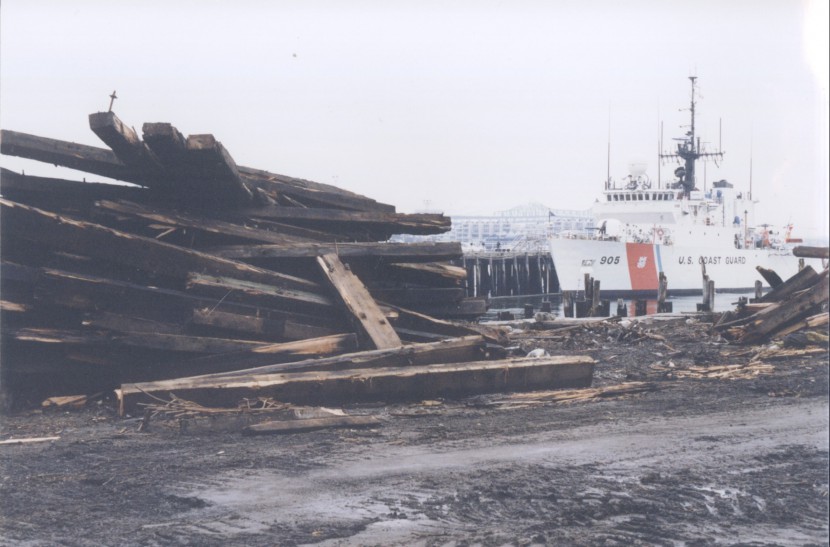Boston, MA ~ 1646 *
The North Battery of Boston Harbor was built by Major-General John Leverett in 1646 at the bottom of Copp’s Hill at Merry’s Point. We now know the location as Battery Wharf. This battery was built from timbers and filled with earth. A strategic point of defense, it covered both the mouth of the Charles River and the harbor. It was maintained with men and arms until the end of the Revolution.
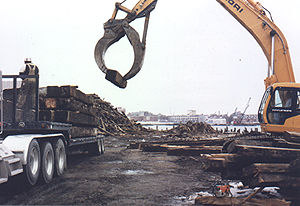
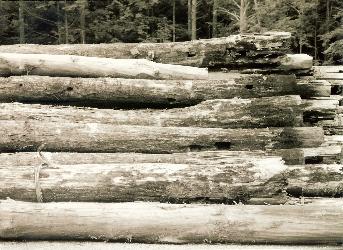
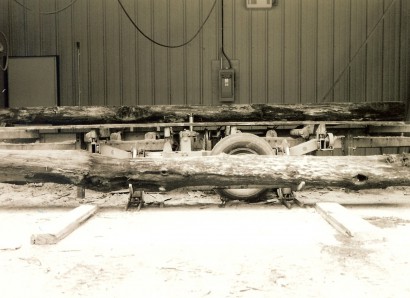
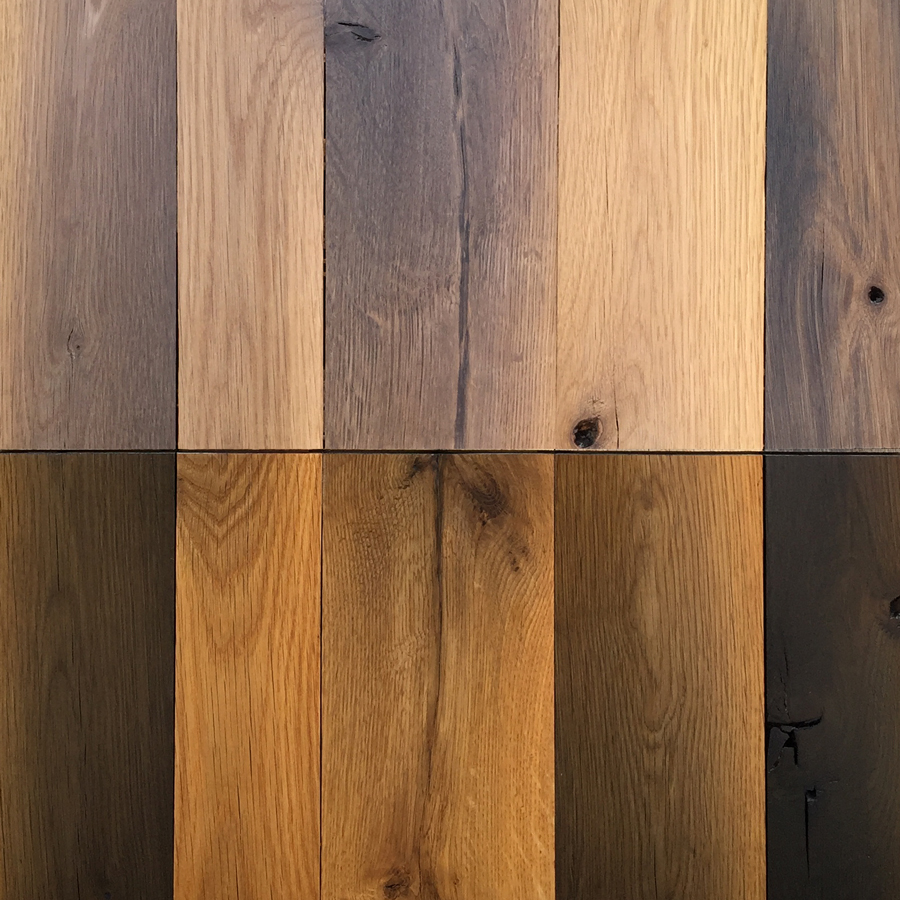
* BLOG UPDATE: After doing more research on the history of Battery Wharf, we discovered that Battery Wharf was renovated on several occasions over the years. It was originally built in 1646, and then rebuilt or expanded in 1706, 1744, and 1813. In 1831 it was purchased by Paul Revere’s son Joseph Warren Revere who by 1852 had expanded it yet again. It was rebuilt for the last time in the 1890s. We salvaged our wood pilings in 2001 during the most recent 2001 demolition. Perhaps these pilings made it through the various re-builds which would mean they date back to 1646. Or they may “just” date back to the 1890s.

